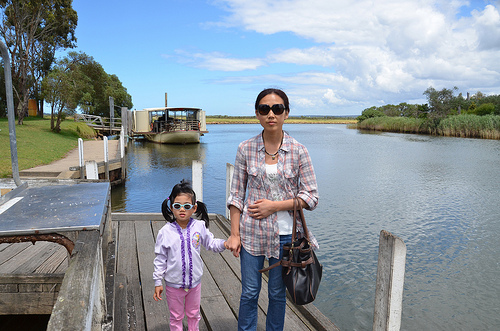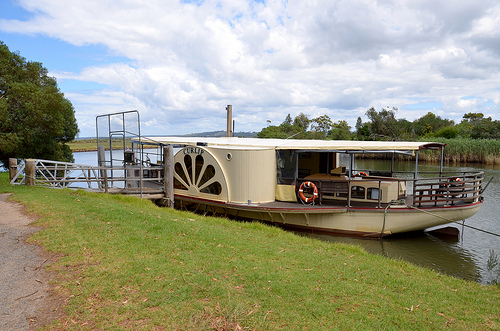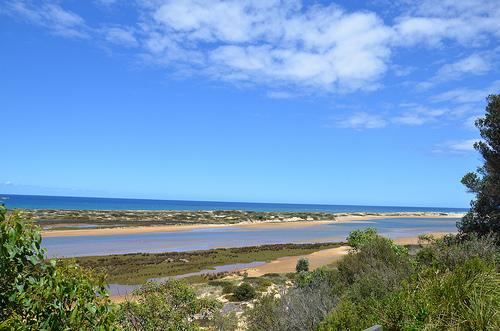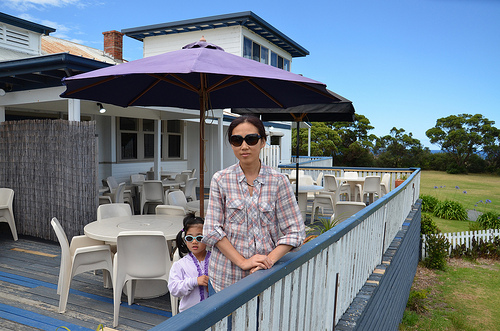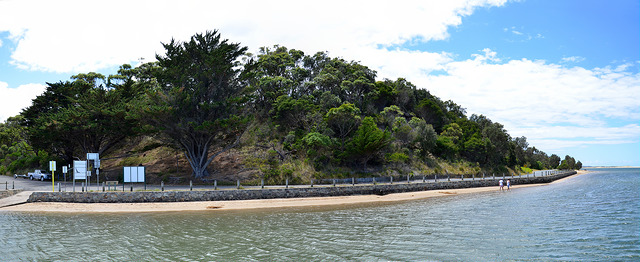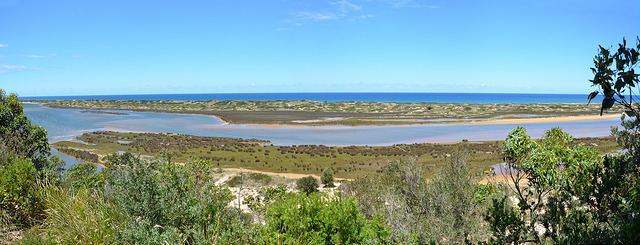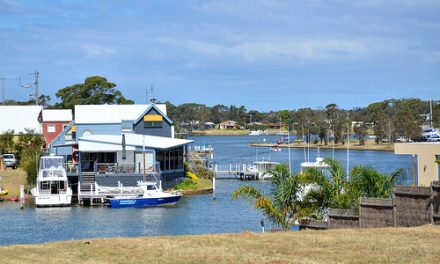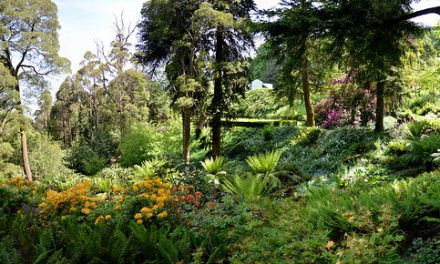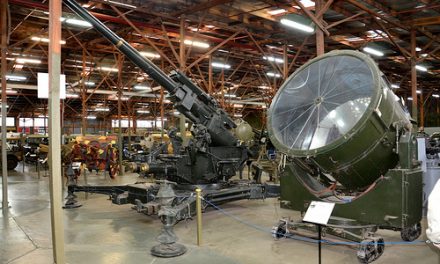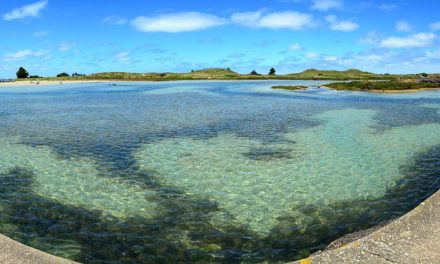Just before entering Marlo, there is a sign to the Paddle Steamer (PS) Curlip II (a replica of the original) that now cruises on the Snowy River and its tributary, the Brodribb River. Marlo was once a very busy port from the 1850s to the 1890s. Goods needed by the early settlers were shipped direct from Melbourne to the mouth of the Snowy River at Marlo. At the Marlo Wharf, goods were offloaded onto barges and towed by paddle steamers to Orbost. In 1890, PS Curlip was launched. It was built by Sam Richardson and his sons at their sawmill in Tabbara, a pioneering settlement on the Brodribb River. The name “Curlip” is derived from the indigenous name for the area where Tabbara is located.
PS Curlip towed five barges at a time, travelling upstream as far as Bete Bolong, 20 km upstream of the Snowy River mouth to collect produce to be transferred to schooners near Marlo. She towed schooners and ketches in and out through the Marlo Entrance and was also used for social functions such as Sunday school picnics. She was the main means of transport for imports and exports on the Snowy River for almost 30 years. The Curlip era ended abruptly on Friday 28th February when a flash flood carried her and two barges down the river and out to the sea, where she washed ashore at Marlo and broke up.
The name “Marlo” is generally accepted to have roots in tribal aboriginal language. “Marloo” meaning white clay is suggestive of the Marlo Bluff while “Murloo” meaning “muddy banks” was reportedly used by the local indigenous people.
The first settler to occupy the Marlo township area was James Stirling around the year 1875. He built a bark hut on the bluff that had two rooms, bark walls, earthen floors and a shingle roof. By 1884, this structure had expanded to a 9-room accommodation guest house and in 1886, became the Marlo Hotel when a liquor license was granted. The Marlo Hotel was popular with many Orbost and district settlers, who travelled to Marlo by horseback or buggy. In 1886, while travelling through East Gippsland, John Stanley James wrote: “Nothing can be lovelier than an early morning at Marlo, with sea and sky and land glowing in the tints of the recent dawning“.
Marlo was declared a township on 18 February 1889. During May 1889, the government surveyor, E.L. Bruce set out 19 sections of the new township, with the first sales of subdivided land occurring the following May. At this time, Marlo Hotel was the unofficial hub for the community and served as a general store, accommodation house as well as an unofficial post office until Aug 1942.
Marlo Hotel is perched on a hilltop overlooking the Snowy River, with the town’s main jetty and boat ramp below. The estuary boasts some of the best perch and bream fishing to be found anywhere, with the sheltered waters allowing fishing year round.
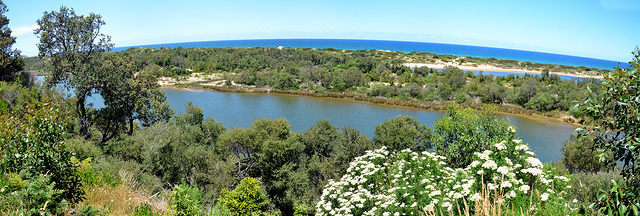
Frenches Narrows
The coastal road at Marlo heads east to Cape Conran and then turns inland, joining the Princes Highway near Cabbage Tree Creek. Along this route are superb lookouts over the Snowy River mouth and the ocean coastline.
Marlo has been the inspiration for many writers and poets, including Edwin James Brady, who wrote: “It is one of these peaceful, out-of-the-way places, where nerves and worries and the disappointments of the cities may be curbed or forgotten“.

